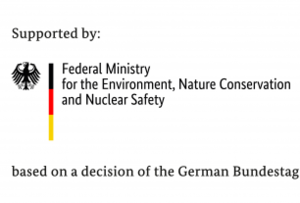Forest for Future
Background
Slovenian forestry is state-of-the-art in Europe and the world. However, so far climate change mitigation and carbon sequestration were not the main focuses when managing forests. Therefore, forests hold an enormous, yet untapped potential to bring the country closer to achieving net-zero carbon emissions. Since forests are one of the major land covers in Europe, they should be better utilized as part of Nature-based-Solutions to address and mitigate climate change and provide multiple and cross-sectoral benefits to society.
Project
Adapting forest management approaches and plans is key in this effort. Forests for Future develops forest management approaches that will contribute to the greater absorption of CO2 – without compromising the economic revenues and other benefits that the Slovenian forests provide.
It is important to recognize that different types of prevailing forests develop differently. Between them, the amount of carbon stored – within living and dead biomass, as well as in the soils – varies widely. Therefore, depending on the type of forest, different measures evoke different responses. The project analyses and models these responses with regard to their climate mitigation potential. It thus provides the evidence needed to initiate necessary wide-ranging changes in the forestry practice.
Forests for Future makes use of the developed forest development model, new forest management scenarios and proposed measures in two ways. First, they go into policy recommendations addressed at relevant ministries. Second, they inform the guidelines for forestry management planning on the national level. Moreover, the project organizes trainings for all forest management planners in the country on how to make best use of the recommendations and guidelines developed.
To ensure the use of successful methods across Europe and beyond, the project communicates best practices via scientific literature.
Project news:


